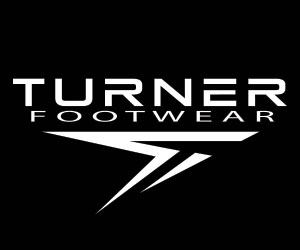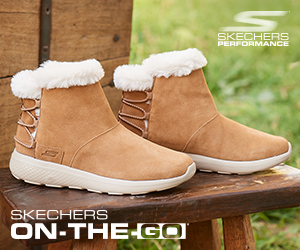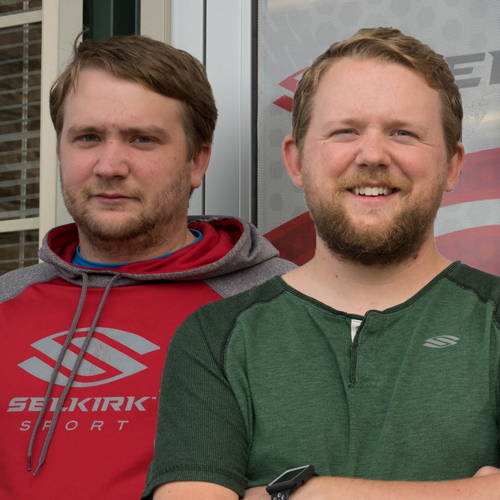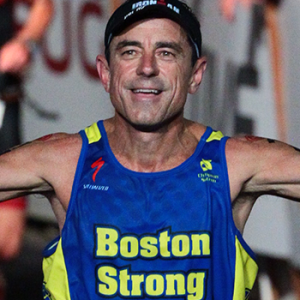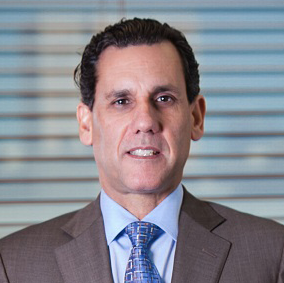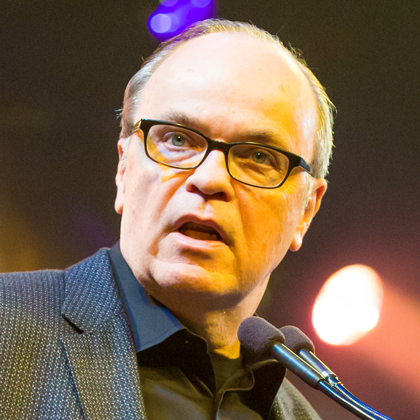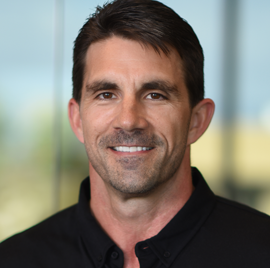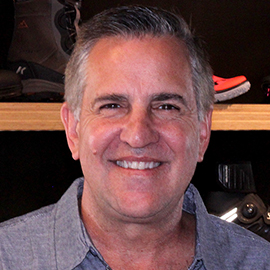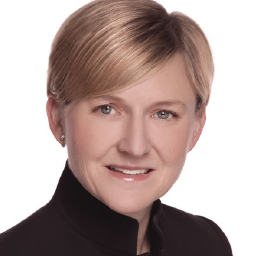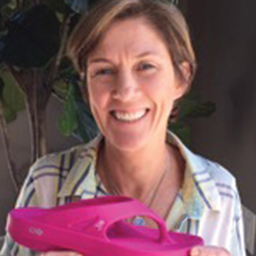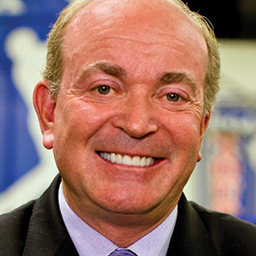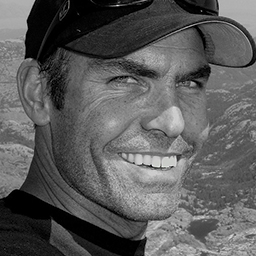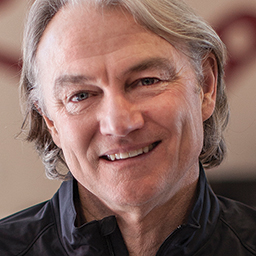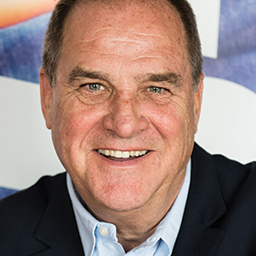VF Will Chase B2B, B2C with Williamson-Dickie

The intent marks an entirely new distribution strategy for The North Face, Vans and Timberland parent, which will leverage its $820 million, all-cash price for the acquisition of the parent of the Dickies, Workrite, Kodiak, Terra and Walls brands with a head-to-toe approach in B2B and B2C channels. The growth emphasis will be on digital and international with the deal also allowing VFC to enter the services and healthcare segments.
“Workwear is very interesting to us,” Steve Rendle, VFC CEO told analysts early last week. “We are open to a broad view of where our consumer is shopping and acting…This is a very different model than we operate in today.”
The bolt-on acquisition for VF, its first since the 2011 purchase of Timberland, creates a $1.7 billion workwear business in the fragmented $30 billion segment. VFC also owns the Wrangler, RIGGS, Timberland PRO, Red Kap, Bulwark and Horace Small brands. It sees opportunity in the lifestyle aspect of workwear, citing a correlation between the core work consumer and its Vans’ consumer and Dickies’ 90%+ brand awareness in the U.S. Currently, Dickies accounts for 77 percent ($674 mm) of W-D’s overall revenues with all workwear equating to 90 percent. VF senior management sees the 10 percent of W-D’s business that is currently considered lifestyle as having potential to be the company’s “fastest growing segment.”
“We are open to a broad view of where our consumer is shopping and acting…This is a very different model than we operate in today.” – Steve Rendle, VFC CEO
Williamson-Dickie, family-owned since its inception 95 years ago with $875 million in trailing 12 months revenues, will continue to be led by CEO Bill Williamson after the transaction closes in the fourth quarter. The acquisition will immediately contribute to VFC’s top and bottom lines, but the longer-term plan is for W-D to grow its revenues to more than $1 billion and double its operating margin to 14 percent by 2021 when its VFC earnings contribution should be about 25 cents annually. VFC is especially interested in W-D’s D2C business, estimated at 14-15 percent of current revenues and growing (versus less than 10 percent for VFC workwear brands) and its international focus.
On the supply chain front, VFC senior management sees W-D factories in Mexico and Honduras as complimentary to its own supply chain in Asia and Panama. The possibility of creating a multi-brand retail workwear environment for brick-and-mortar and digital was called an “interesting opportunity that we will certainly look at.”
In the meantime, VFC management confirms the company remains on the acquisition prowl given it wants to “marry the knowledge” it has of its core consumers.
Foot Locker’s “Eyes Wide Open”
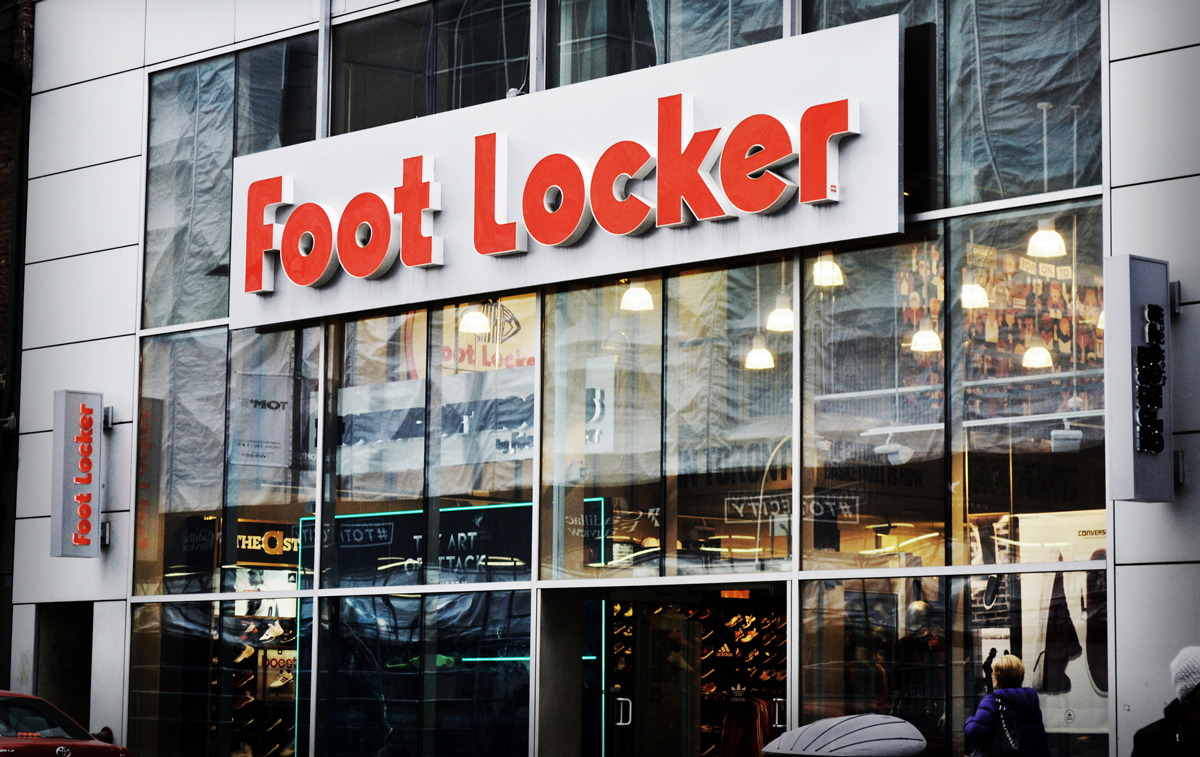
Faced with its first quarterly comparable sales decline (-6%) in nearly seven years, a difficult July and a general malaise and lack of innovation excitement in the premium athletic footwear space, Foot Locker senior executives tried to answer the question “Where do we go from here?” when reporting second quarter results Friday. Unfortunately, some of the trends that hampered the retailer are projected to persist through the remainder of FY17.
Wall Street hammered FL’s stock after the retailer missed profit, revenue and margin estimates for the period ended July 29. Foot Locker shares fell nearly 28 percent, or $13.32, to close at $34.38 on Aug. 18.
“The disruption taking place today in our industry, and in retail in general, is the most significant I’ve seen in my quarter-century in the athletic business,” Foot Locker Chairman, CEO and President Dick Johnson proclaimed. “The fact is that we’re seeing mobile technology drive shifts in consumer behavior spending patterns at a faster pace than our industry has been able to keep up with.”
For its part, Foot Locker will proceed with a number of initiatives as it waits for more premium-priced, innovative products to emerge from key vendors, particularly Nike, such as React and more iterations of the VaporMax. But with product lifecycles moving faster, the current void may open up opportunities for other brands.
Actions being set in motion at the retailer include a ramping up of technology to ensure consumer accessibility to all of Foot Locker’s inventory, shedding of unproductive real estate at a faster rate with FY door closures now set at 135 instead of 100, and a slashing of planned capital spending next year.
While Foot Locker posted a 5.4 percent increase in direct-to-consumer sales in the second quarter, growing that segment to 12.7 percent of overall revenues versus 11.5 percent a year earlier, the retailer was not immune to the sluggishness that plagued athletic shoe retail during the period. After a low-single digit slide in May comparable store sales, same store sales fell off in the high mid-single digits in both June and July. Double-digit dips in basketball and casual styles for men and a women’s shift away from Adidas Superstars and Stan Smiths more than offset strong demand for lifestyle running silhouettes.
Industrywide athletic footwear sales slipped 5 percent in July, even as the Back-to-School season commenced in some southern U.S. markets, making it the second worst-performing period of 2017 thus far, according to NPD. Unit sales were off 6 percent, but average selling prices (ASPs) were up 2 percent. Further, the research firm reported a “high teens” decline in performance basketball sales on dips by Nike, Brand Jordan and Under Armour, and an 8 percent falloff in sales of Classics.
Stack Weighs on Pricing Environment
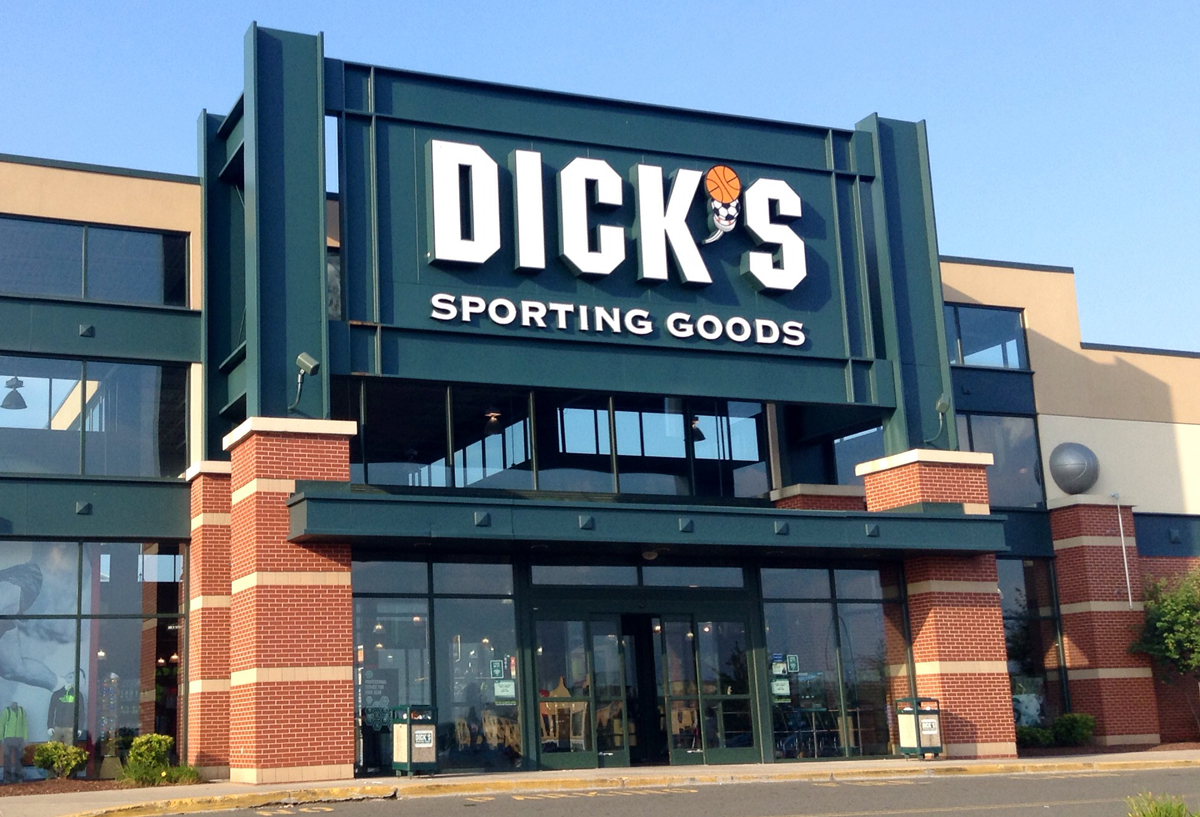
The Chairman and CEO of Dick’s Sporting Goods, Ed Stack, is blunt when asked about the current state of pricing in sporting goods retail—it’s both irrational and unpredictable. But he vows the country’s largest full-line chain will address the likely persistent climate aggressively.
“I think it’s (promotional pricing) going to be, at least for the foreseeable future, the new normal until the industry consolidates further,” said Stack, adding that Dick’s previous 9 percent margin won’t likely be achieved again anytime soon. “…We don’t like where the whole industry is today, but it won’t stay here forever.”
In its second quarter where it produced essentially flat same store sales but 19 percent growth in ecommerce revenues, Dick’s reported four “under sales pressure” segments: hunting, licensed, athletic apparel and electronics. Hunting was the worst performer of the group with a gross margin decline and a double-digit drop in comp sales due to an irrational pricing environment fueled by significant excessive inventory throughout the industry. Meanwhile, Stack blamed a softer, more promotional athletic apparel segment on increased distribution and more promotions by both brands and Dick’s retail competitors.
As the retailer lowered its full-year sales, profit, gross margin and consolidated same-store sales (flat to negative low single digits from +1 to +3%), Stack was adamant about the retailer’s go-forward strategy on pricing.
“…We don’t like where the whole industry is today, but it won’t stay here forever.”
“...To protect and grow our market share, we will aggressively price offerings to improve our price perception with customers and drive traffic to our stores and online,” he told analysts. Stack believes the chain’s recently adopted “right price guarantee” will convince more consumers that the chain’s merchandise is competitively-priced. Dick’s current inventory situation is described as “in pretty good shape” despite the industry’s backed up supply chain.
Further efforts will include aggressive marketing and promotion of apparel to protect market share and further development of the retailer’s private brands. Private label comped up nearly 7 percent in the second quarter, is projected to top $1 billion in sales this fiscal year, and doesn’t face the promotional pricing pressures. The segment, which includes the Top-Flite and Field & Stream labels, has the potential to double eventually as Dick’s broadens assortments and distribution.
Also last week, The Dick’s Sporting Goods Foundations Sports Matter program unveiled a five-year, $500,000 commitment to Little League Baseball and Softball.
Top Urban Lifestyle Chains Merge
The marriage between DTLR and Sneaker Villa creates a regional chain of nearly 240 doors across 19 states and may eventually set the stage for a new national player in lifestyle footwear, apparel and accessories retail. The transaction was orchestrated by New York private equity firm Bruckmann, Rosser, Sherrill & Co., which bought DTLR in October 2005 in a management-led buyout and recapitalized the business a decade later. Besides DTLR, BRS’ current portfolio of a dozen firms includes Royal Robbins. Previously, it included Anvil, Remington and Totes Isotoner.
DTLR and VILLA currently have close to the same number of doors with no geographic overlap. In addition to its website, DTLR has 110 locations across a dozen states and the District of Columbia with penetration in the metro markets of Atlanta, Baltimore and Chicago among others. Philadelphia-based VILLA, which operates on the web at ruvilla.com, currently has 120 doors across 10 states including key markets in Pennsylvania and Ohio.
DTLR CEO Glenn Gaynor says the combination will enable the emerging retailer to leverage the best practices of both VILLA and DTLR to better serve customers, employees and vendors. BRS has not disclosed what, if any, operations will be merged and whether both nameplates will go forward.
Patagonia Founder Stands Up for Public Lands
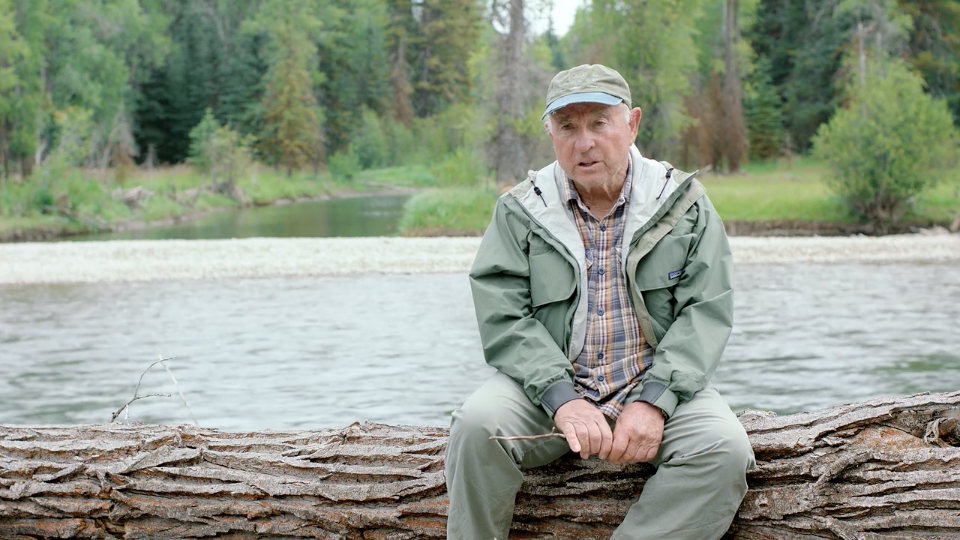
Yvon Chouinard is taking his company’s longstanding message about preserving shared U.S. public lands to U.S. consumers and Secretary of the Interior Ryan Zinke in Patagonia’s first television ad in its almost 45-year history. Zinke is scheduled to announce his decision on the fate of 21 remaining national monuments on Thursday, August 24.
In the spot, to air in Montana, Utah and Nevada where national monuments such as Bear Ears and Gold Butte and Basin could be recommended to be rescinded, 78-year old outdoorsman Chouinard tells the viewing audience that he has been a successful businessman because of lessons he has learned in the outdoors. He also suggests public lands are under greater threat today due to “a few self-serving politicians who want to sell them off and make money.”
The commercial ends by asking viewers to text “DEFEND” to 52886 by August 24.
“This is not about politics or partisanship,” Patagonia President and CEO Rose Marcario said in a prepared statement. “It’s about standing up for places that belong to future generations. We want to raise awareness of history’s lesson that when public lands are turned over to states that can’t afford to maintain them, the result is the land is often auctioned off to private companies who irrevocably damage them and deny access to them for all of us.”
Retail Round-Up
Hibbett Sports Sees More Speed But Fewer Footwear Launches
The small-town operator, which had a disastrous second quarter, sees a number of changes on the horizon from footwear vendors that it believes can turnaround the category’s fortunes. Most notably, Hibbett senior executives see speed accelerating in footwear product development cycles and a pullback on the number of marquee style debuts toward a focus on “more quality launches.”
The 1,080-door retailer, which reported an 11.7 percent drop in second quarter comparable store sales with double-digit declines in both June and July, is most excited about running and lifestyle offerings in the pipeline.
“We’re very focused on price value versus necessarily price, and we feel there are opportunities to provide value to the customer without necessarily going downstream from a price perspective,” HIBB’s chief merchant Jared Briskin told analysts.
Elsewhere,
• Camping World CEO Marcus Lemonis says the new Gander
Outdoors “will not carry the level of apparel and footwear that we historically have because we believe that is not as experiential. It’s more of a commodity-based business and we want to carry the types of products and services that require human interaction with an expert and or some level of installation…that is our defense mechanism against margin compression competing with Amazon-type retailers.”
• Sportsman’s Warehouse, which saw a second quarter comparable store sales decline of 9 percent driven by the hunting and shooting categories, realized 5.9 percent and 2 percent comp gains, respectively in apparel and footwear. Transactions from the banner’s 1.4 million loyalty members accounted for 43 percent of the period’s $191.5 million in revenues. The chain has moderated FY18 door expansion to 5 to 9 so that it can allocate more free cash for debt reduction.
• Sierra Trading Post has opened a store in Framingham, MA, the hometown of parent TJX Cos.
• U.S. e-commerce sales rose 16.3 percent in the second quarter with Amazon accounting for nearly half of the growth. Walmart reported a 67 percent increase in second quarter sales from all of its websites, including Moosejaw and Jet.com.
The Buzz

ING Source has promoted Josh Higgins to president of OS1st Base Layer Bracing where he will run day-to-day global operations. He will work closely with outgoing president Dave Higgins, who will continue as CEO and handle international business development and strategy for the Hickory, NC company.
Tubes of the Week
$250 Million/135
Foot Locker will reduce its capital spending by this much in FY18; Number of projected store closings this FY vs. earlier estimate of 100.
16.3%
Growth of U.S. ecommerce sales in the second quarter.
92 Percent/89 Percent
Percentage of retailers increasing investments in mobile advertising; Percentage raising spend on social media advertising, per RetailMeNot.
7%/700
Comparable sales increase for Dick’s Sporting Goods private brands in second quarter; number of DKS’ distribution centers, including stores.
37,000-43,000 square feet
Projected average size of Gander Outdoors locations when they are re-opened later this year by Camping World.
1.4 Million
Number of Sportsman’s Warehouse loyalty club members at Q2 end; Group represented 43 percent of chain’s sales in period ended July 29.





